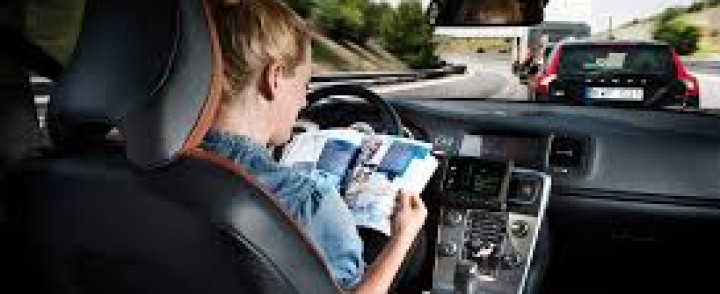Autonomous driving disrupts industry and prompts safety gains and growth opportunities
Autonomous Driving advances at fast pace, opening up various revenue streams across industries, discusses a panel debate at Frost & Sullivan’s ‘Intelligent Mobility’ event in London on June 29th.
The mobility industry is at the cusp of realizing the vision of driverless cars and, along with that, accident free transportation. The automation technology roadmaps of 80 percent of the major OEMs are expected to finalised this year. The pace at which connected services, sensoring solutions and the like develop make it safe to assume that full autonomous functionality can be achieved within the next decade. By 2030 the revenue potential is expected to reach $65 billion, making the autonomous market a highly promising field for OEMs, suppliers as well as tech companies.
As part of the Frost & Sullivan industry event ‘Intelligent Mobility’ taking place on the 29th of June at the Jumeirah Carlton Hotel in London, the panel Autonomous Business Models will provide the stage for a lively discussion on opportunities as well as challenges within the industry. “The most significant challenge autonomous business models have to overcome at this point is a lack of clear regulatory frameworks which outline how these products can be made available to the mass market”, explains Franck Leveque, Frost & Sullivan Partner and Business Unit Leader, who will moderate the panel discussion. While European and US policy makers are stepping up their pace live up to this progress, current test facilities favour countries such as China and Japan. Leveque continues: “The more unified and consistent international regulations will turn out, the better equipped the industry will be to bring forward this disruption. We currently are at the ground zero of the future.”
One of the major benefits arising from autonomous business models may seem a luxury – liberating valuable time passengers will gain. “This obviously is a huge achievement, but autonomous driving actually adds value to society way beyond individual time gains – in an ideal scenario, fully autonomous traffic could reduce accidents by up to 100 percent”, states Mr. Leveque. “But even in a realistic scenario, the majority of the accidents today that occur today due to driver distractions can be addressed by tis technology and that is a strong driving force for its adoption.”
Moreover, autonomous business means of transportation are not limited to the individual passenger car. Trains, buses and taxis will become autonomous, decreasing costs and providing an improved public transportation system. This truly addresses the need for clear, lean and safe transportation, which the growing mega cities strive to achieve. Similarly, Mark Patrick, CTO of Digital Barriers and panelist states: “At Digital Barriers we will focus in on how video in driverless vehicles won’t just be for consumption of media but, more importantly, transmitted for safety and security. Our demonstration will show how technology designed for military and law enforcement surveillance is able to deliver real time situational awareness for passenger.” Other industry leaders and experts to join the Autonomous Business Models panel discussion are Dr. George Gillespie, OBE, CEO, HORIBA MIRA Ltd, Graham Bradley, Senior Sales Director EMEA and UK Country Manager, Inrix and Iain Forbes, Head of the Centre for Connected.
Besides focusing on autonomous business models, Intelligent Mobility will bring together industry experts on Mega Trends, the future of connectivity, corporate mobility, integrated transport solutions as well as new mobility concepts.
- Autonomous Driving advances at fast pace, opening up various revenue streams across industries, says Frost & Sullivan.



